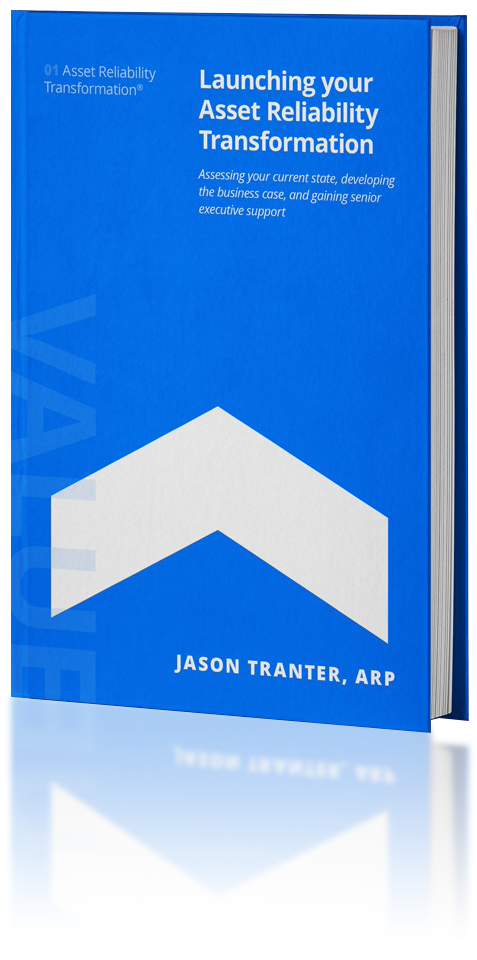Breaking Out of the Reactive Maintenance Cycle of Doom
By Jason Tranter, ARP
The CONTROL Phase of the Asset Reliability Transformation
For too long, books have focused on going from “zero to hero,” leaping from reactive maintenance to world-class maintenance, reliability, and business performance in a single bound. Very few succeed…
This book explains 78 recommended practices, in 12 major areas, that will let you regain control of maintenance one small step at a time. It is not about “what” or “why” – you will learn “how” and “when” to make changes.
You will put the fundamentals in place to reduce future failures, see future problems coming, and deal with all maintenance activities in a smooth, consistent, and disciplined manner.
If your goal is to follow the Asset Reliability Transformation (ART) process, then reactive maintenance will present a major roadblock that you must overcome. The CONTROL phase will give you the confidence, credibility, and freedom to launch from good to great.
There are three phases before this one, which we call the CONTROL phase:
VALUE: Understand the needs of the business, assess the current state, create the business plan, and gain senior management support.
PEOPLE: Create a culture where everyone believes in the need to improve reliability and they have the skills, knowledge, and desire to contribute.
STRATEGY: Establish a steering committee, develop an asset strategy (strategic maintenance plan), and develop the plan to grow from the current state to the desired state.
While we recommend that you go through these three phases before embarking upon this phase, we have written this book so that if your primary goal is to break out of the reactive maintenance cycle of doom, you will achieve that goal.
Buy Buy eBook Spanish






